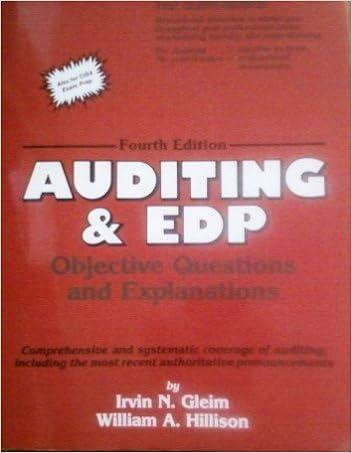






Required information [The following information applies to the questions displayed below.] Allied Merchandisers was organized on May 1. Macy Company is a major customer (buyer) of Allied (seller) products. May 3 Allied made its first and only purchase of inventory for the period on May 3 for 1,000 units at a price of $11 cash per unit (for a total cost of $11,000 ). May 5 Allied sold 500 of the units in inventory for $15 per unit (invoice total: $7,500 ) to Macy Company under credit terms 2/10,n/60. The goods cost Allied $5,500. May 7 Macy returns 50 units because they did not fit the customer's needs (invoice amount: \$750). Allied restores the units, which cost $550, to its inventory. May 8 Macy discovers that 50 units are scuffed but are still of use and, therefore, keeps the units. Allied gives a price reduction (allowance) and credits Macy's accounts receivable for $350 to compensate for the damage. May 15 Allied receives payment from Macy for the amount owed on the May 5 purchase; payment is net of returns, allowances, and any cash discount. Prepare the appropriate journal entries for Macy Company to record each of the May transactions. Macy is a retailer that uses the gross method and a perpetual inventory system; it purchases these units for resale. (If no entry is required for a transaction/event, select "No journal entry required" in the first account field.) Journal entry worksheet Allied made its first and only purchase of inventory for the period on May 3 for 1,000 units at a price of $11 cash per unit (for a total cost of $11,000 ). Note: Enter debits before credits. [The following information applies to the questions displayed below.] The following unadjusted trial balance is prepared at fiscal year-end for Nelson Company. Nelson Company uses a perpetual inventory system. It categorizes the following accounts as selling expenses: Depreciation Expense-Store Equipment, Sales Salaries Expense, Rent Expense-Selling Space, Store Supplies Expense, and Advertising Expense. It categorizes the remaining expenses as general and administrative. Additional Information: a. Store supplies still available at fiscal year-end amount to $2,300. b. Expired insurance, an administrative expense, is $1,650 for the fiscal year. c. Depreciation expense on store equipment, a selling expense, is $1,525 for the fiscal year. d. To estimate shrinkage, a physical count of ending merchandise inventory is taken. It shows $10,600 of inventory is still available at fiscal year-end. 1. Using the above information, prepare adjusting journal entries. 2. Prepare a multiple-step income statement for the year ended January 31 that begins with gross sales and includes separate categories for net sales, cost of goods sold, selling expenses, and general and administrative expenses. 3. Prepare a single-step income statement for the year ended January 31. Complete this question by entering your answers in the tabs below. Using the above information, prepare adjusting journal entries. Journal entry worksheet 4 Store supplies still available at fiscal year-end amount to $2,300. Note: Enter debits before credits. The following unadjusted trial balance is prepared at fiscal year-end for Nelson Company. Nelson Company uses a perpetual inventory system. It categorizes the following accounts as selling expenses: Depreciation Expense-Store Equipment, Sales Salaries Expense, Rent Expense-Selling Space, Store Supplies Expense, and Advertising Expense. It categorizes the remaining expenses as general and administrative. Additional Information: a. Store supplies still available at fiscal year-end amount to $2,300. b. Expired insurance, an administrative expense, is $1,650 for the fiscal year. c. Depreciation expense on store equipment, a selling expense, is $1,525 for the fiscal year. d. To estimate shrinkage, a physical count of ending merchandise inventory is taken. It shows $10,600 of inventory is still available at fiscal year-end. Compute the current ratio, acid-test ratio, and gross margin ratio as of January 31 . (Round your answers to 2 decimal places.)













